Language
You can read the magazine in one of the following languages
Geolocation
You can read the global content or the content from your region
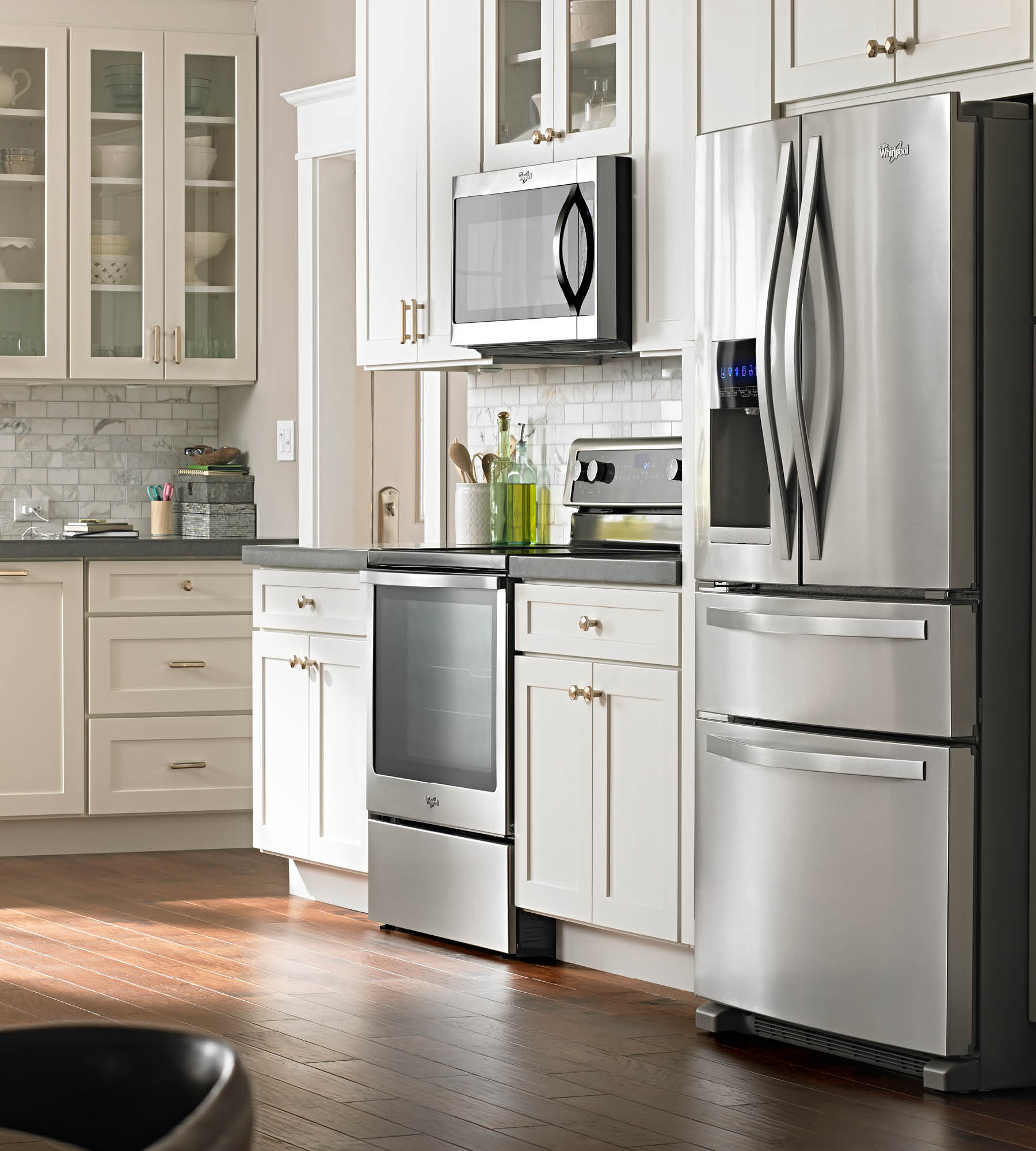
Only around 13 percent of Indian households own an electric washing machine, but the market is still worth an astonishing US$8 billion and will top US$10 billion within five years.
Despite the relatively low market penetration, the Indian market still accounts for around 14 percent of overall global washing machine sales. So as urbanization gathers pace, electrical infrastructure is rolled out and the ranks of the middle class continue to swell, the potential bonanza in store is enough to send industry players into their own personal spin cycles.
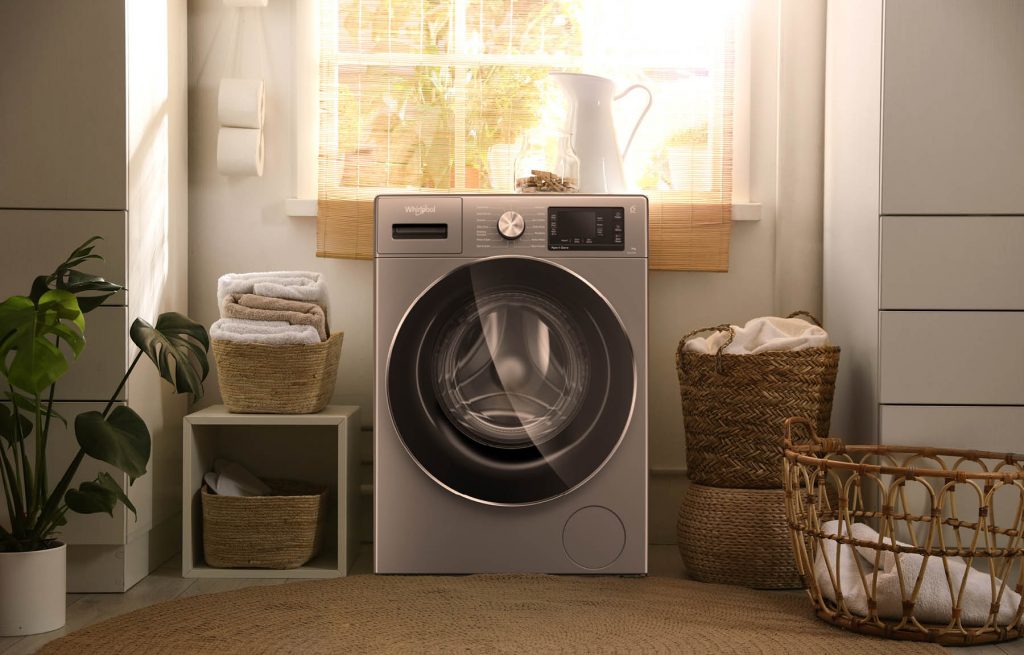
And the opportunity isn’t just in selling new machines, but also in replacement demand, as the first appliances purchased a decade ago reach the end of their typical lifespan.
Leading the way is Whirlpool, the global kitchen and laundry company founded in the United States in 1911 and today one of the largest home appliance manufacturers in the world.
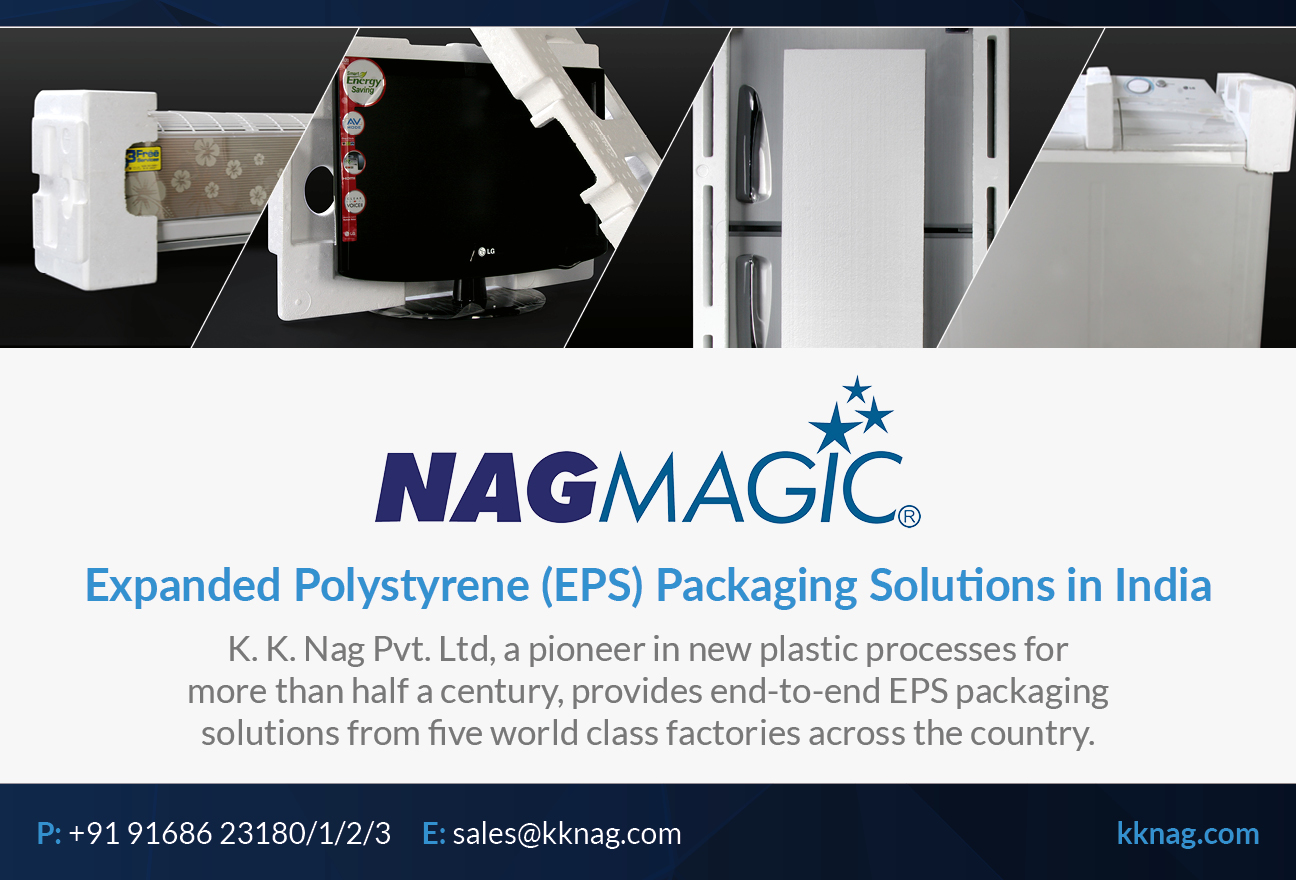
The brand entered the Indian market in the late 1980s as a joint venture with TVS Group, opening its first washing machine factory in Pondicherry soon afterwards. In 1995, it began manufacturing refrigerators and, a year later, merged with Kelvinator and TVS to create Whirlpool of India, adding microwave ovens and air conditioners to its product range.
Today its service engineers cover more than 3,500 cities and towns, and the company prides itself on always calling customers back within two hours and if repairs are necessary and attempting to attend their residences within 24 hours – quite an achievement in such a vast, heavily populated country.
It’s this impressive customer service and attention to detail that has set Whirlpool apart from its competitors and contributed to its enviable growth. By looking beyond the sale to after-sales service, the company ensures its customers enjoy a hassle-free experience with its products.
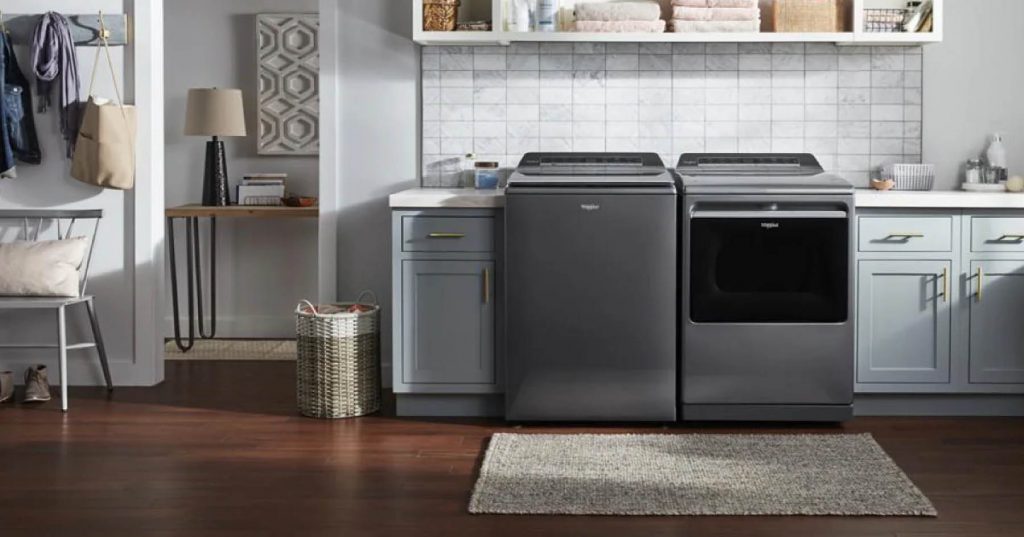
This consistent support and good service also means Whirlpool is fostering a relationship with these consumers for life. As people buy their second, third or fourth appliance, Whirlpool is the first brand they turn to as they know, from experience, that repairs are made professionally and complaints resolved quickly.
Over the past 30 years, Whirlpool has put its money where its detergent tray is and invested heavily in local production. More than 95 percent of its products are made in its three plants in Pune, Faridabad and Pondicherry.
This local footprint drives a home advantage as it allows the company to nurture a deep understanding of the country. It can then leverage the brand’s global footprint and technology to create products that are modified for what Indian consumers need, rather than a ‘copy and paste’ of what is available in overseas markets.
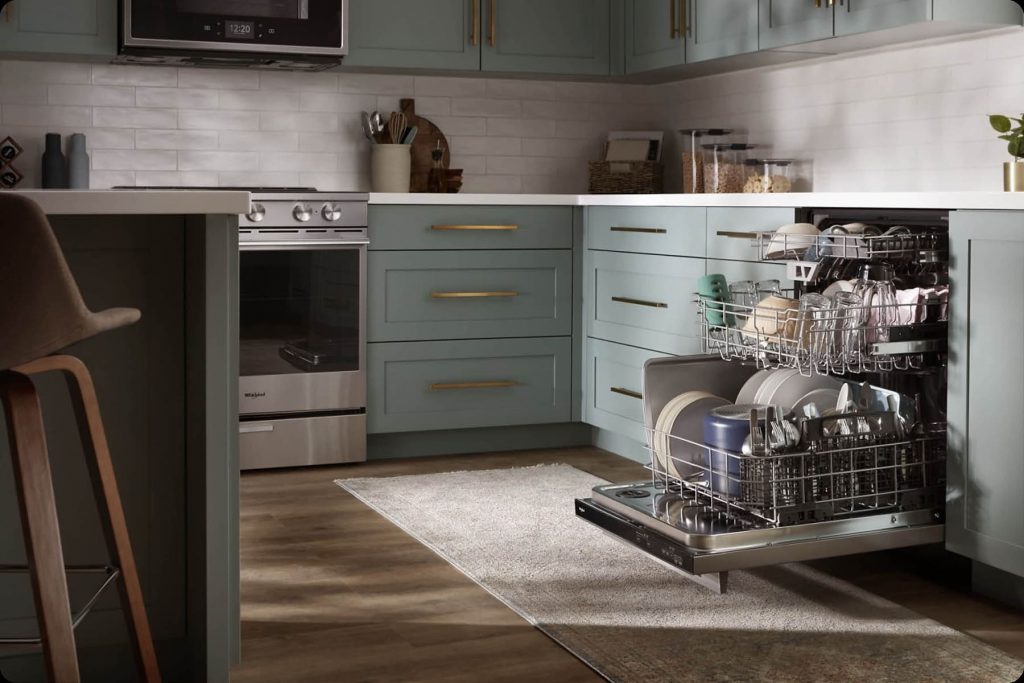
Investments in building large numbers of small outlets across the country also means the brand’s reach extends to tier-three and tier-four cities directly.
And getting the offerings right won’t just be critical for sating the nation’s laundry needs. Only a third of homes have a refrigerator, while for air conditioners and microwaves, the percentages are in single digits.
Those numbers are on the rise, so the potential over the next decade or so for customer acquisition is enormous. Given the investments made in building its distribution network, Whirlpool is well placed to take advantage.
Analysts predict that the air conditioning sector alone will expand to reach more than US$6 billion by 2027, fueled by demand from the industrial, commercial and residential sectors. If anything, demand for microwave ovens will soar even faster, with TechSci Research expecting a growth rate of just under eight percent, reaching US$376 million annually by 2028.
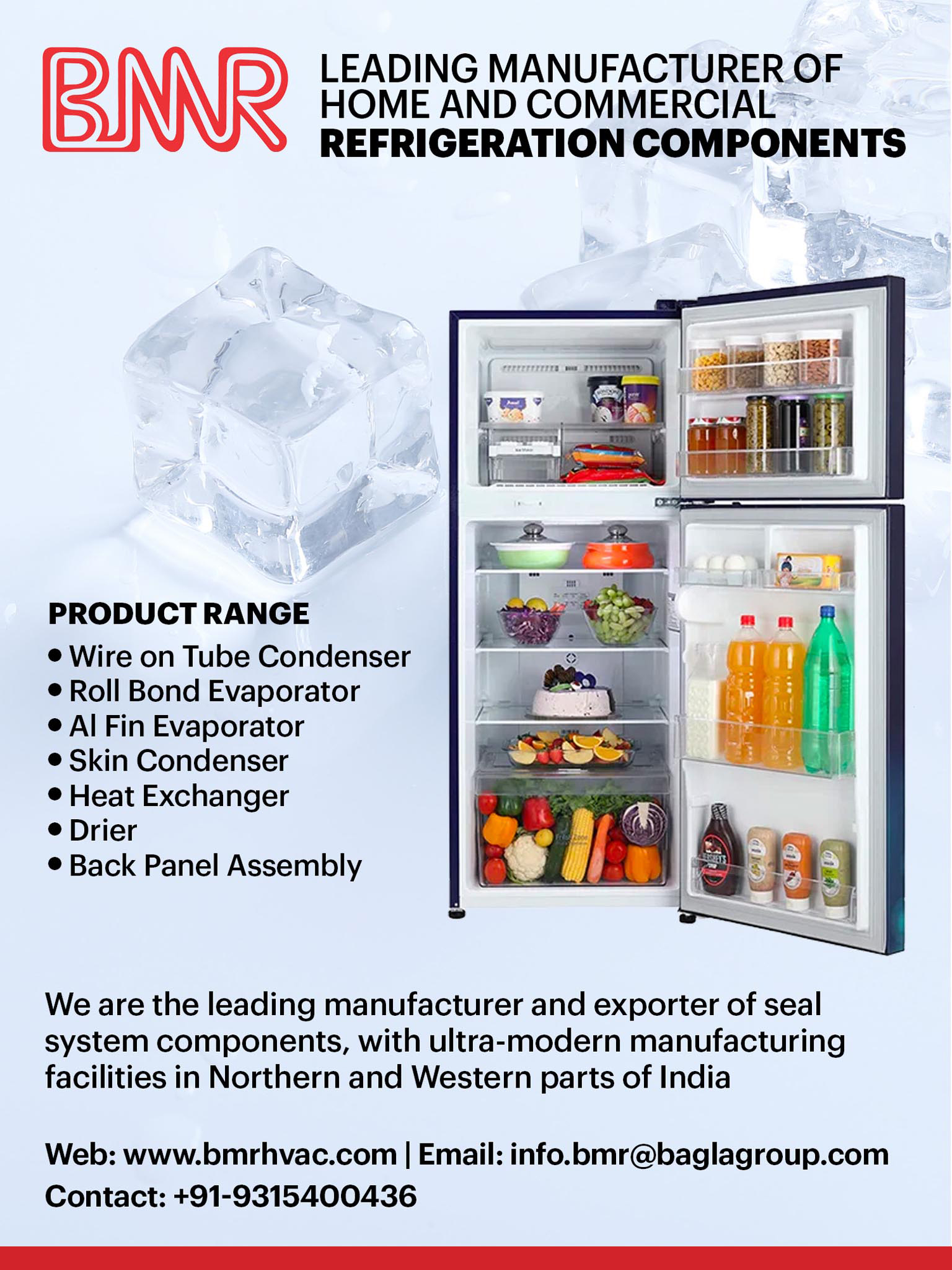
The rising number of women in the workforce is a contributory factor, as is the continuing trend of working remotely.
One globally recognized consequence of the COVID-19 pandemic has been accelerated digitalization, something Whirlpool has wholeheartedly embraced. The company has invested more resources into digital marketing but it is also digitalizing the entire company and can now reach its customers via digital channels with both information and commercial offers.
In the past three years, the company has been repositioned to take on new challenges, with three significant investments made. The first was the acquisition of a front-loading washing machine line in Pondicherry, a fast-growing and profitable segment that represents 30 percent of the category and which, until now, Whirlpool has had only a minor presence in.
The second was the further stake acquired in cooking appliances brand Elica. After an initial purchase of 49 percent in 2018, Whirlpool India acquired an additional 38 percent in late 2021 to take its total ownership in the company to 87 percent.
The strategic move opened up new customer demographics for Whirpool as Elica owned a state-of-the-art manufacturing plant in Pune, Maharashtra with automated assembly lines handling top-of-the-range cooktops and built-in hobs imported from Italy.
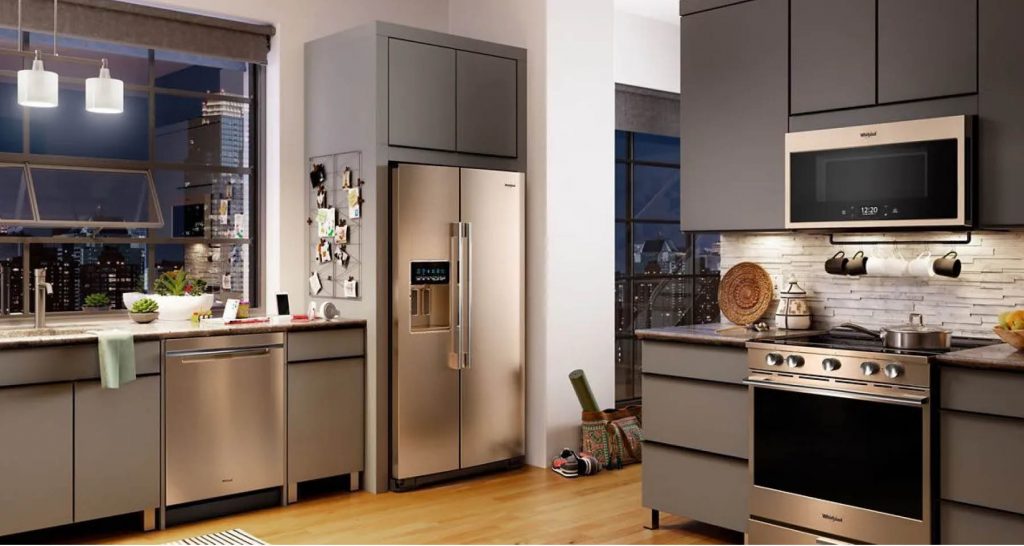
It meant the company could compete in premium kitchen appliance categories, where it had traditionally under-indexed, preferring instead to concentrate on mass-market, entry-level products.
The third resource allocation also opened up an untapped market. Through a joint venture with renowned Bangladeshi business Transcom Group, the company is building its first factory in Bangladesh, a country with a large population and similar macroeconomics.
The 7,900-square-meter premises in northern Dhaka will be dedicated to refrigerator manufacturing. It’s a move that opens up not only a new segment but also a new territory for the company.
Whirlpool is now one of India’s major players in home appliances, with an enviable reputation for product excellence and – more recently – the last word in after sales service, winning it a growing army of fiercely loyal customers.
And, as the country’s GDP tracks ever upward, it will prove that the humble washing machine can be a real money spinner.
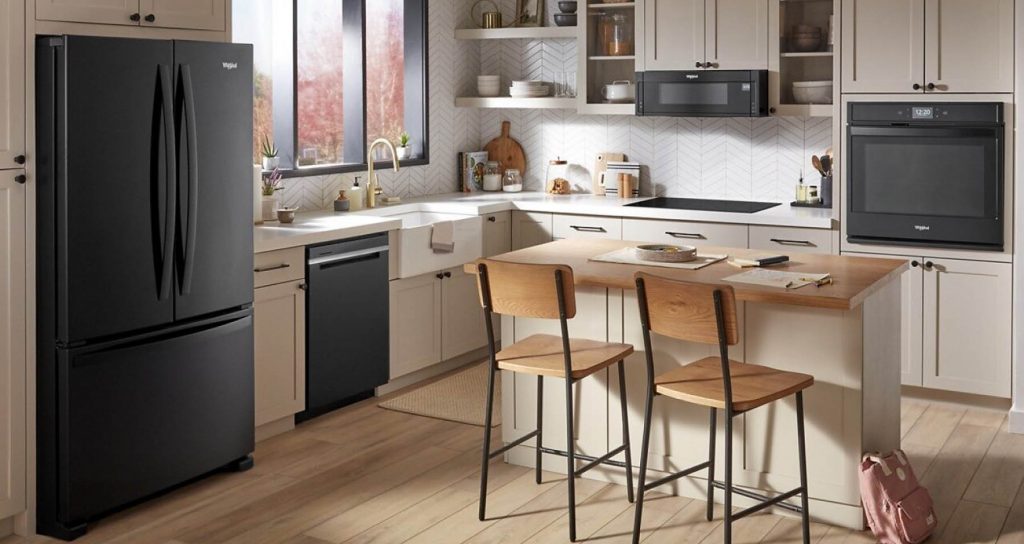
As one of the first manufacturers to adopt the energy labeling program enacted in 2006 for Refrigerators and Air Conditioners, Whirlpool has been communicating the energy ratings on these products long before it became obligatory. Its Indian plants have seen the net usage of power per product reduced by 15 percent in the last two decades.
Water usage has also dropped by more than 70 percent, thanks to initiatives taken to recirculate and reuse water, store rainwater and use low flow taps in employee spaces. Waste food at one of its plants is now composted and converted into manure.
Between 85–90 percent of materials used in a Whirlpool product can be recycled, while a take-back program allows consumers to pass back products that have reached the end of their lifespan for safe disposal.